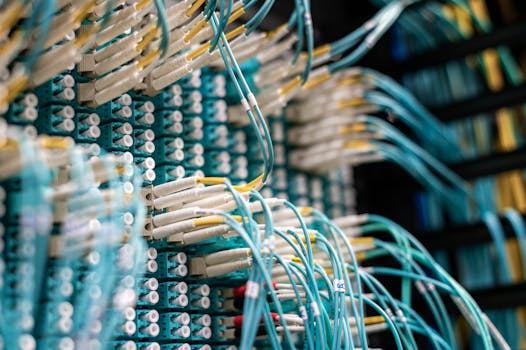From Copper to Fiber: The Revolution of Internet Infrastructure in Africa
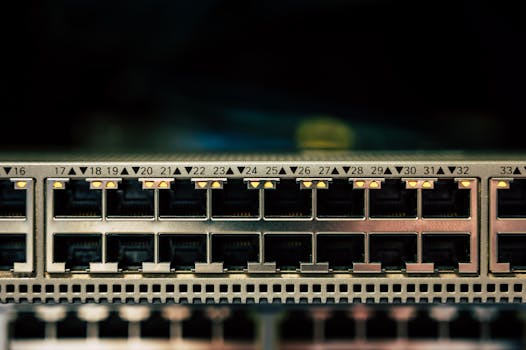
From Copper to Fiber: The Revolution of Internet Infrastructure in Africa
From Copper to Fiber: The Revolution of Internet Infrastructure in Africa is transforming the way people live, work, and communicate. The shift from traditional copper networks to modern fiber optic cables is paving the way for faster, more reliable, and widespread connectivity across the continent. This revolution is not only changing the face of telecommunications but also contributing significantly to economic development, education, healthcare, and social integration.
Introduction to Africa’s Internet Infrastructure
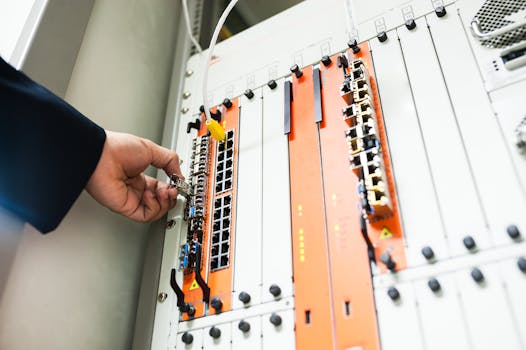
Africa’s internet infrastructure has historically been based on copper cables, which have limited bandwidth capacity and are prone to outages and maintenance issues. However, with the advent of fiber optic technology, the continent is now witnessing a significant upgrade in its internet infrastructure. Fiber optic cables offer higher speeds, greater reliability, and lower latency, making them an ideal choice for supporting the growing demand for internet services in Africa.
The Benefits of Fiber Optic Cables

The benefits of fiber optic cables are numerous. They offer speeds of up to 100 Gbps, which is significantly faster than copper cables. They are also more reliable and less prone to outages, reducing downtime and increasing overall network efficiency. Additionally, fiber optic cables are more secure, as they are difficult to tap, making them an ideal choice for supporting critical infrastructure and sensitive applications.
Challenges and Opportunities
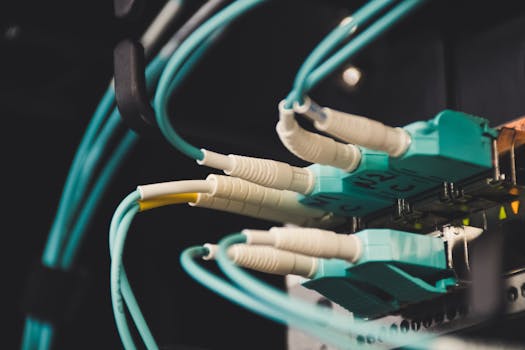
Despite the many benefits of fiber optic cables, there are still several challenges to overcome. One of the main challenges is the high cost of deploying fiber optic cables, particularly in rural areas where the population is sparse and the terrain is difficult. However, there are also opportunities for innovation and investment, particularly in the development of new technologies and business models that can reduce the cost and increase the feasibility of deploying fiber optic cables in these areas.
Case Studies and Success Stories
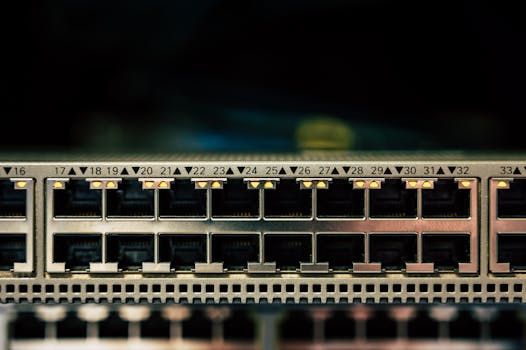
There are several case studies and success stories that demonstrate the impact of fiber optic cables on internet infrastructure in Africa. For example, the African Coast to Europe (ACE) submarine cable, which spans over 17,000 km, has increased internet speeds and reduced costs for millions of people in West Africa. Similarly, the East Africa Submarine Cable System (EASSy) has connected several countries in East Africa to the global internet backbone, providing fast and reliable internet services to businesses, schools, and homes.
Conclusion
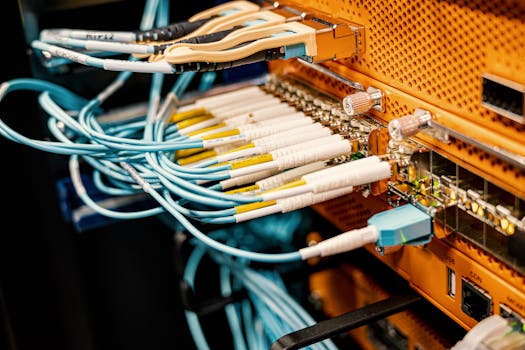
In conclusion, the revolution of internet infrastructure in Africa from copper to fiber is a significant development that is transforming the way people live, work, and communicate. While there are still challenges to overcome, the benefits of fiber optic cables, including faster speeds, greater reliability, and lower latency, make them an ideal choice for supporting the growing demand for internet services in Africa. As the continent continues to invest in fiber optic infrastructure, we can expect to see significant improvements in economic development, education, healthcare, and social integration.
See more:
